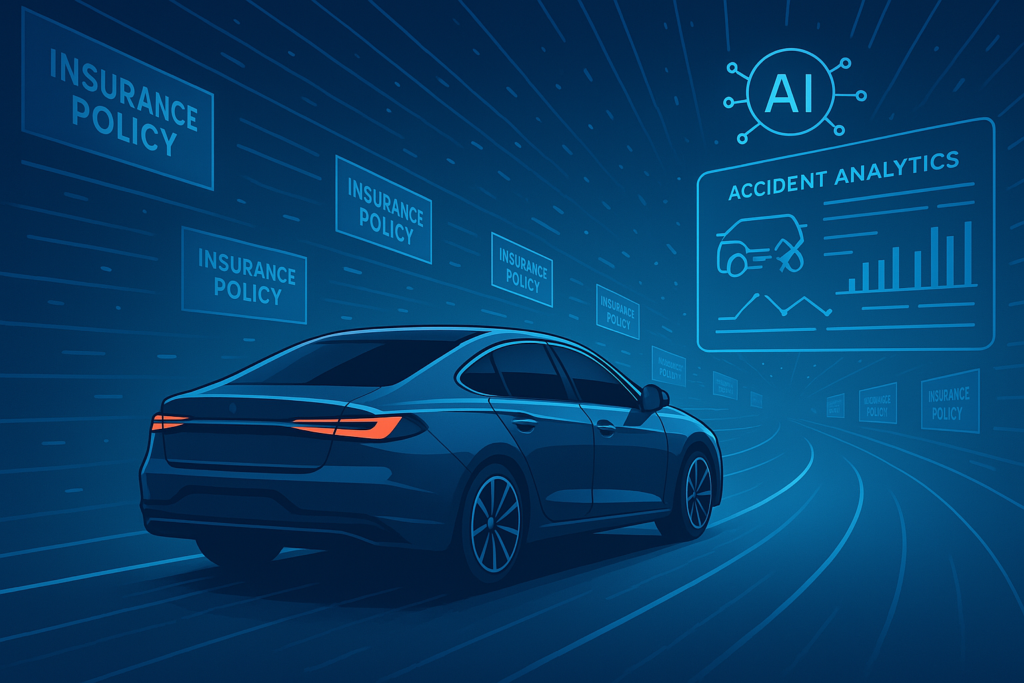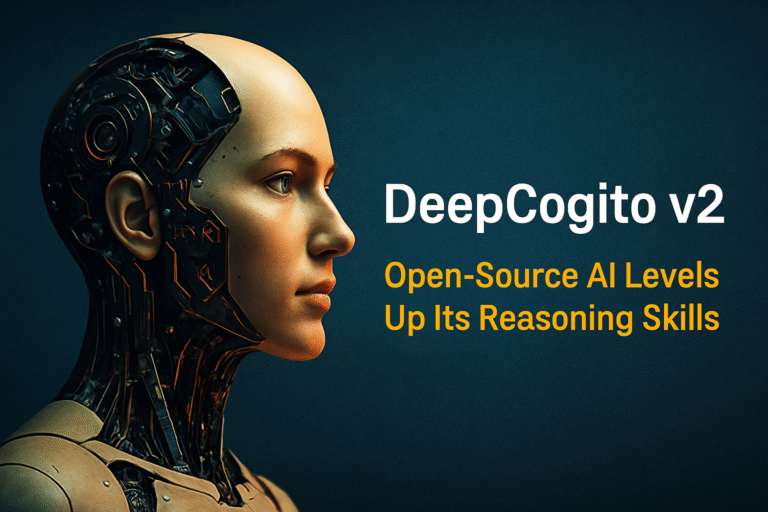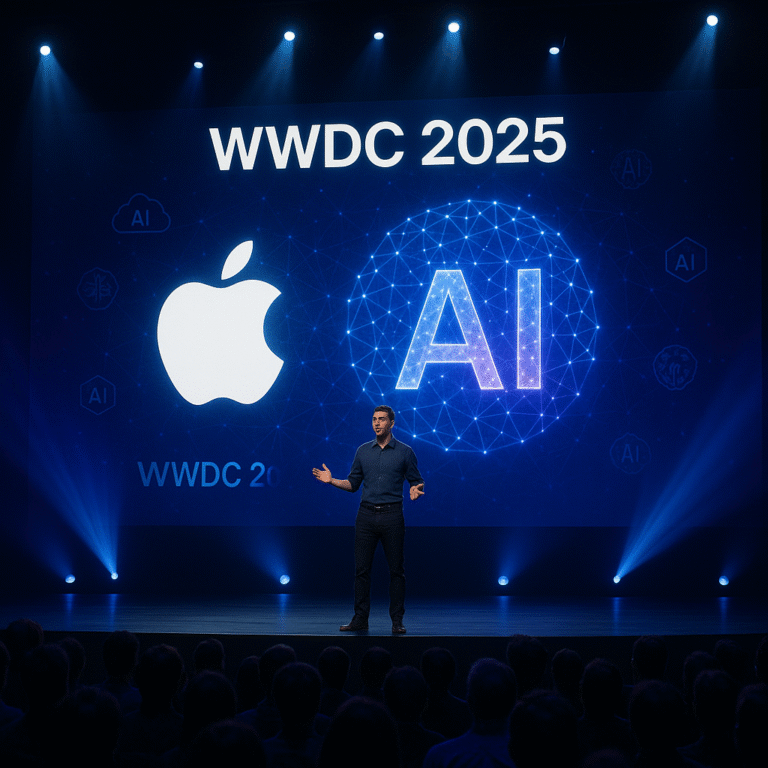
In 2025, AI in insurance is not just a buzzword—it’s a full-blown transformation. From telematics-based policies to AI-driven claims processing and real-time risk assessment, the car insurance industry is experiencing a technological revolution.
In this article, we’ll explore how car insurance AI is changing the game for insurers and drivers alike. We’ll look at key technologies, real-life use cases, leading startups, and what the near future holds for AI in insurance in 2025.
🧠 How AI Is Reshaping the Car Insurance Landscape
Artificial intelligence is injecting speed, accuracy, and personalization into a once rigid and paperwork-heavy sector. Let’s break down the primary areas where AI for auto claims and insurance is having the greatest impact.
🔍 1. AI for Auto Claims: From Days to Minutes
Gone are the days of waiting weeks for claim processing. With AI-based automation, insurance providers can now:
- 📸 Analyze damage from uploaded photos using computer vision
- ⏱️ Process claims in under 10 minutes
- ⚙️ Trigger automated approvals or flag fraud with anomaly detection
Example:
Tractable, a London-based startup, uses deep learning to assess car damage from images. Major insurers like GEICO and Tokio Marine are already leveraging Tractable to settle claims faster and more accurately.
📡 2. Telematics and Real-Time Risk Profiling
The use of telematics AI insurance has soared in 2025. Telematics involves collecting real-time driving data via embedded vehicle sensors or smartphone apps. AI then uses this data to:
- Score driver behavior (speeding, braking, cornering)
- Adjust premiums dynamically
- Offer personalized safety tips or discounts
Real-World Example:
Root Insurance and Nexar offer usage-based insurance (UBI) where premiums adapt in real time based on how safely you drive.
This aligns with the growing trend of personalized, AI-driven risk evaluation rather than traditional demographic-based pricing.
🤖 3. AI in Risk Analysis and Underwriting
Underwriting is no longer a manual process. In 2025, insurers use machine learning models that:
- Analyze thousands of variables (weather, traffic, location)
- Predict claim likelihood with high accuracy
- Detect fraud during application
Example:
Lemonade uses AI bots like Maya and Jim to handle everything from onboarding to claims. Their underwriting engine processes data in seconds and constantly learns to improve risk prediction.
🏭 4. InsurTech Startups Leading the AI Charge
Here are some standout InsurTech companies pushing boundaries in 2025:
| Company | Focus Area | Key AI Application |
|---|---|---|
| Tractable | Claims automation | Image recognition for damage analysis |
| Lemonade | Full-stack digital insurance | Conversational bots + fraud detection |
| Zego | Commercial vehicle insurance | Telematics-based pricing |
| Shift Technology | Claims fraud detection | Pattern recognition across millions of claims |
These startups are leveraging AI for auto claims and customer service to offer smarter, faster, and cheaper insurance models.
📊 AI vs Traditional Car Insurance: A 2025 Comparison
| Feature | Traditional Insurance | AI-Powered Insurance 2025 |
|---|---|---|
| Claims Processing Time | Days to weeks | Under 10 minutes |
| Risk Assessment | Demographic-based | Real-time behavioral data |
| Fraud Detection | Manual audit | AI anomaly detection |
| Premium Personalization | Annual, static | Dynamic, usage-based |
| Customer Experience | Call centers + paperwork | Chatbots + mobile apps |
🔐 Data Privacy and Security: A Growing Concern
While the benefits are immense, AI in car insurance also raises questions about data use. Telematics and AI systems collect:
- Location data
- Driving habits
- Crash events
This makes data privacy and protection critical. Solutions include:
- Federated learning models
- Transparent opt-in/opt-out controls
- GDPR-compliant AI pipelines
📌 Learn more about AI and data privacy in our article:
➡️ AI and Data Privacy: How to Protect Your Personal Information
🧭 The Road Ahead: What to Expect Next
Here are short-term predictions for AI in auto insurance by 2026:
- AI-powered pay-as-you-drive plans will become the norm.
- On-the-spot claims approvals through smartphone AI will expand.
- More collaborations between carmakers and insurers for embedded insurance at the time of vehicle purchase.
- Growth of AI chatbots that manage full claim cycles.
- Integration of blockchain for claim transparency and history tracking.
🏁 Final Thoughts
The integration of AI for car insurance in 2025 is reshaping everything from how claims are handled to how risk is measured.
With the rise of telematics AI insurance and real-time analytics, policyholders now get faster service, lower premiums, and smarter coverage.
Whether you’re a policyholder or an insurer, it’s clear: AI in insurance 2025 is not the future—it’s the now.
👉 Related:
- Deepfake and Disinformation: How Can We Protect Ourselves?
- Best AI-Powered PCs for 2025 – The Future of Smart Computing
✅ Want help implementing AI into your InsurTech startup? Drop a comment or contact our editorial team at AI Front Hub!






Valuable info. Lucky me I found your website by accident, and I’m shocked why this accident did not happened earlier! I bookmarked it.
Adorei este site. Pra saber mais detalhes acesse o site e descubra mais. Todas as informações contidas são conteúdos relevantes e exclusivas. Tudo que você precisa saber está está lá.
Hello there! I know this is kinda off topic however I’d figured I’d ask. Would you be interested in trading links or maybe guest authoring a blog post or vice-versa? My website goes over a lot of the same topics as yours and I believe we could greatly benefit from each other. If you might be interested feel free to shoot me an e-mail. I look forward to hearing from you! Awesome blog by the way!
Thank you, I have just been searching for information approximately this subject for a while and yours is the greatest I have came upon till now. However, what in regards to the conclusion? Are you positive about the source?
I really like your writing style, excellent info, thanks for putting up :D. “If a cluttered desk is the sign of a cluttered mind, what is the significance of a clean desk” by Laurence J. Peter.
Greetings! Very helpful advice on this article! It is the little changes that make the biggest changes. Thanks a lot for sharing!
Thanks , I have recently been searching for information about this subject for ages and yours is the greatest I’ve discovered so far. But, what about the bottom line? Are you sure about the source?
I have been reading out some of your posts and i must say clever stuff. I will definitely bookmark your blog.
Some truly choice posts on this website , bookmarked.
Thank you for another great article. Where else could anybody get that type of information in such a perfect way of writing? I have a presentation next week, and I am on the look for such information.
I like what you guys are up also. Such intelligent work and reporting! Carry on the superb works guys I have incorporated you guys to my blogroll. I think it’ll improve the value of my web site :).
I like your writing style really enjoying this web site.
Howdy, i read your blog occasionally and i own a similar one and i was just wondering if you get a lot of spam remarks? If so how do you stop it, any plugin or anything you can recommend? I get so much lately it’s driving me crazy so any support is very much appreciated.
Hi there, I found your web site via Google while searching for a related topic, your site came up, it looks great. I have bookmarked it in my google bookmarks.
Hi my friend! I want to say that this article is amazing, nice written and include approximately all vital infos. I would like to see more posts like this.
Hello my family member! I want to say that this article is awesome, great written and come with approximately all significant infos. I would like to see more posts like this .
You actually make it seem really easy along with your presentation however I in finding this topic to be really one thing which I believe I might by no means understand. It sort of feels too complex and extremely large for me. I’m looking forward for your subsequent put up, I¦ll try to get the grasp of it!